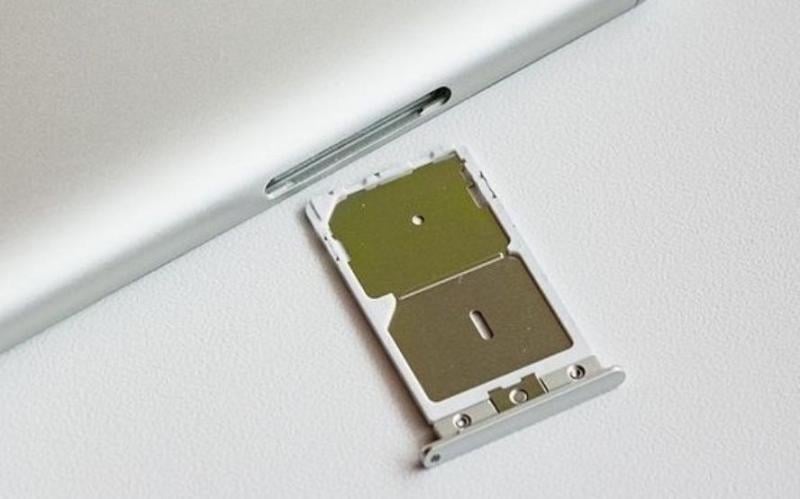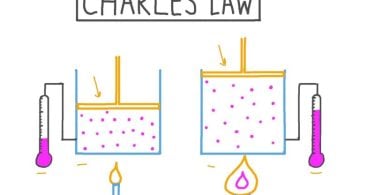Dual SIM Dual Standby (DSDS) and Dual SIM Dual Active (DSDA) are two essential features of dual SIM smartphones that permit the simultaneous use of two SIM cards. The primary difference lies in their operational behavior. In DSDS phones, both SIM cards can only be active when the phone is not in use. SIM2 is inactive and will not receive incoming calls or texts while SIM1 is in use. It is referred to as “standby” because the second SIM can be activated once the primary SIM is no longer in use.
DSDA phones, on the other hand, can simultaneously activate both SIM cards. You can make and receive calls and messages anytime on either SIM card. If you are currently on a call using SIM1 and receive a call on SIM2, your phone will offer options to hold the current call and transfer to the second one or vice versa. In general, DSDS consumes less power and is more cost-effective. In contrast, DSDA offers superior multi-SIM services at the expense of increased power consumption and potential additional costs for hardware capable of maintaining two active cellular frequencies.
What is Dual SIM Dual Standby?
Dual SIM Dual Standby (DSDS) is a function of smartphones with two SIM card slots that let you use two different SIM cards simultaneously. This function gives users more options by allowing them to use services from two network providers without switching SIM cards or carrying two phones.
In DSDS, both SIM cards can be in the “ready” state when the device is not used for calls or data. This lets you get calls and texts on either SIM. But only one SIM can be “active” at a time for calls or data transfer. For example, if you are on a call using SIM1 and someone calls you on SIM2, they will be sent to voicemail or get a busy signal because the phone can’t handle two live calls on different SIMs simultaneously.
DSDS devices are better than Dual SIM Dual Active (DSDA) devices because they use less power. It uses less battery because it doesn’t keep both SIMs running constantly. It also lets you roam internationally or keep separate personal and work numbers on the same phone, which is a very convenient feature.
What is Dual SIM Dual Active?
Dual SIM Dual Active (DSDA) is a feature that some dual SIM smartphones have that lets both SIM cards stay active simultaneously. Only one SIM can be active with Dual SIM Dual Standby (DSDS). With DSDA, however, two SIMs can be active simultaneously.
This means you can make calls and send and receive texts on either SIM card without affecting the other. For example, if you are on a call with SIM1 and someone tries to call you on SIM2, instead of getting a busy signal or being sent to voicemail, you will get the call as a waiting call, which is similar to the call holding feature on a single SIM. Then you can put the first call on hold and take the second.
Even though DSDA makes handling multiple calls or data sessions easier, it uses more battery life because it needs two radio interfaces to keep both SIMs active. These phones are usually more expensive because they need more hardware to handle this feature. Despite these problems, DSDA makes it easier for people who need it to use more than one SIM card.
Difference Between Dual SIM Dual Standby and Dual SIM Dual Active
The two modes that describe how dual-SIM phones function are “Dual SIM Dual Standby” (DSDS) and “Dual SIM Dual Active” (DSDA). With DSDS, both SIM cards can be active simultaneously, but only one can make or receive calls or transfer data. The other will be inactive while using one SIM card for a call. Both SIM cards in a DSDA device can be used concurrently. It’s like having two phones in one since you can use one SIM to make or receive calls and texts without disrupting the other. Since DSDA can perform two tasks simultaneously, it uses more energy than DSDS. Below, we’ve listed the main differences between dual sim dual standby and dual sim dual active.
Active Connections
In DSDS, both SIMs can be kept in a “standby” mode, but only one can simultaneously be used for communications (voice or data). However, DSDA allows for both SIMs to be used at the same time.
Call Reception
In DSDS, if you use two SIM cards, one will not receive calls or messages while the other is in use. With DSDA, you can take incoming calls on both SIM cards simultaneously.
Hardware Requirements
Due to the additional hardware needed in DSDA devices to maintain two cellular radios active simultaneously, they are often more expensive than DSDS devices.
Battery Consumption
Due to its dual active characteristics, DSDA uses greater battery life than DSDS, which uses less power.
Call Switching
Like call-waiting, DSDA allows you to switch between incoming calls on both SIM cards. This must be done outside of DSDS.
Data Usage
One SIM at a time can utilize cellular data with DSDS; however, both SIMs can use data services simultaneously with DSDA.
Network Registration
Unlike DSDS, where only the active SIM is registered with its network, both SIMs in DSDA are always registered with their network, assuring continuous availability.
User Convenience
When managing several calls or data sessions, DSDA provides more versatility and ease than DSDS.






